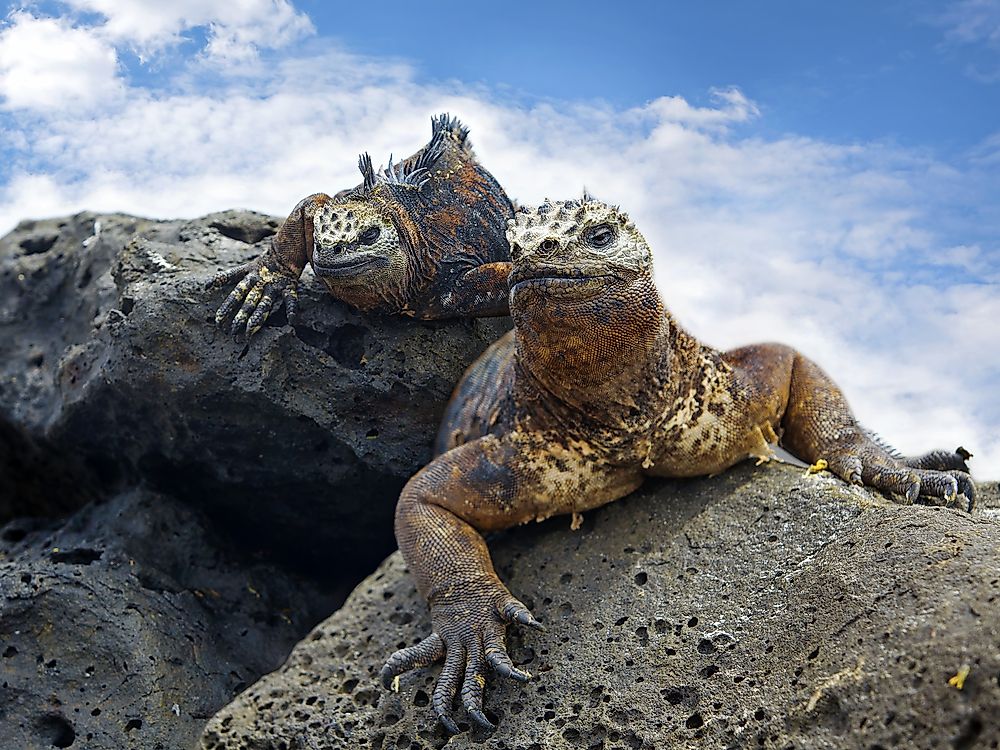What Is Island Tameness?

Island tameness is a phenomenon whereby animals on islands have a greatly reduced behavioral response to natural predators because they have evolved with few or no natural predators. The limited predator response has led to the decline of island species when exposed to natural predators. Several island species have exhibited the behavior and cannot instinctively determine the presence of an external predator as a threat.
The Evolutionary Process
When Charles Darwin visited the Galapagos Islands more than a century ago, He noted that the animals were more docile than those on the mainland. Darwin suggested that this behaviour was due to the fact that there were very few predators on the island. Recent studies have shown that the level of tameness in an island is affected by the population and diversity of predators and the level of isolation of the island from the rest of the world. When the number of predators is high and diverse, the predator response of other animals is also high. Animals residing on an island with limited predators and has been isolated for a long period have slower predator response awareness. When a new species of predator is introduced to the island, the animals cannot respond accordingly and risk extinction by predation.
Island Tameness In Domesticated Animals
Island tameness has also been observed in domesticated animals whereby the animals cannot react to wild predators in the same way the counterparts in the wild would do. This trait has been observed among donkeys, cattle, sheep, and goats, especially in India and Africa. In Africa, for example, lions and leopards are known to attack domesticated cattle and donkeys because they have noted the slow response to the presence of predators unlike zebras and buffalos in the wild.
Other animals that have exhibited a high degree of island tameness include the An Aegean wall lizard on the island of Makares, Greece and several lizard species around the Pacific, Atlantic, and Caribbean.











